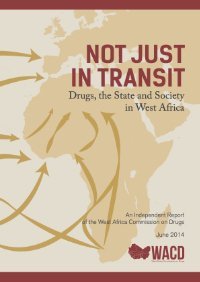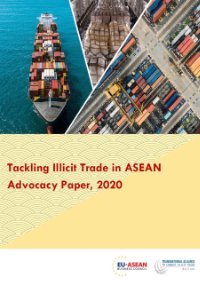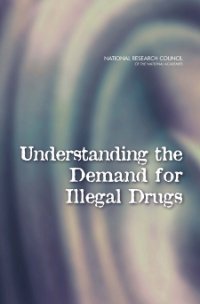National Research Council.
Despite efforts to reduce drug consumption in the United States over the past 35 years, drugs are just as cheap and available as they have ever been. Cocaine, heroin, and methamphetamines continue to cause great harm in the country, particularly in minority communities in the major cities. Marijuana use remains a part of adolescent development for about half of the country's young people, although there is controversy about the extent of its harm.
Given the persistence of drug demand in the face of lengthy and expensive efforts to control the markets, the National Institute of Justice asked the National Research Council to undertake a study of current research on the demand for drugs in order to help better focus national efforts to reduce that demand.
This study complements the 2003 book, Informing America's Policy on Illegal Drugs by giving more attention to the sources of demand and assessing the potential of demand-side interventions to make a substantial difference to the nation's drug problems. Understanding the Demand for Illegal Drugs therefore focuses tightly on demand models in the field of economics and evaluates the data needs for advancing this relatively undeveloped area of investigation.
Washington, DC: The National Academies Press. 2010. 124p.








